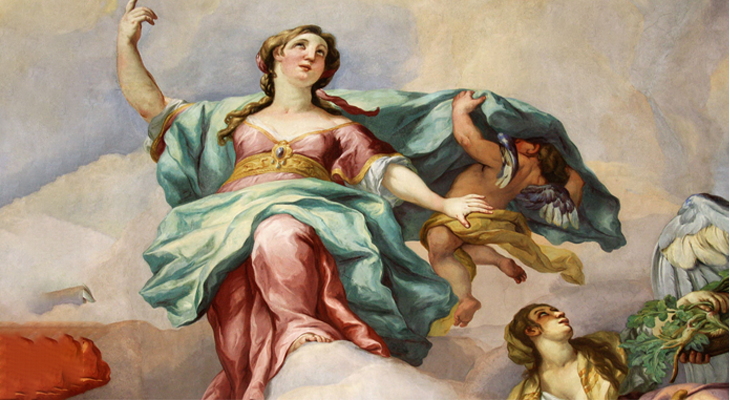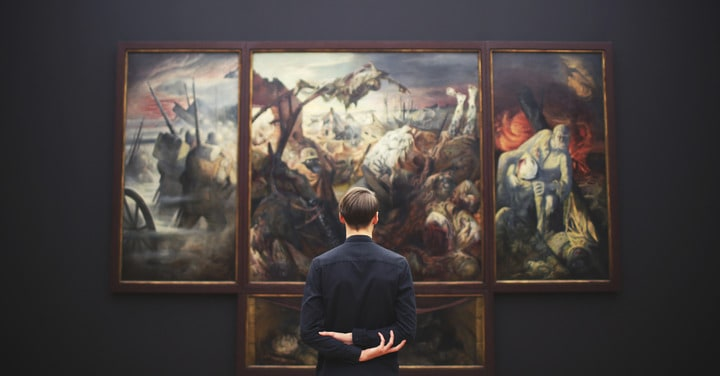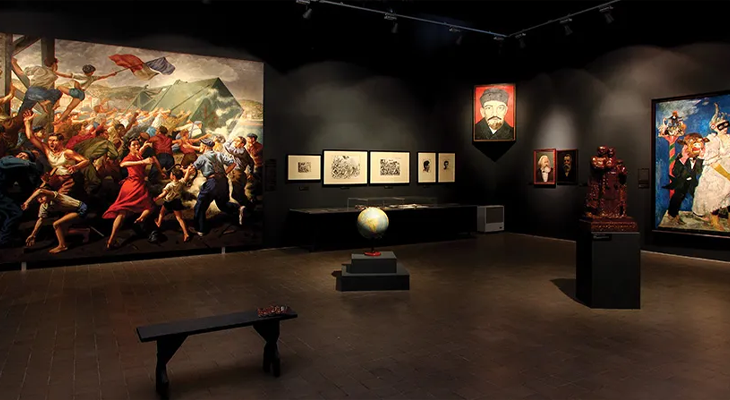Famous Art Movements Throughout History and Their Influence Today

Art movements have shaped the course of artistic expression throughout history, leaving an indelible mark on the cultural landscape and influencing generations of artists and creators. From the Renaissance to Modernism and beyond, these movements have reflected the social, political, and philosophical currents of their time while pushing the boundaries of artistic innovation and experimentation. In this blog, we explore some of the most famous art movements and their enduring influence on contemporary art and culture.
1. Renaissance:
The Renaissance, which flourished in Europe from the 14th to the 17th century, marked a revival of classical ideals and a resurgence of interest in humanism, science, and the arts. Characterized by a renewed focus on realism, perspective, and naturalism, Renaissance artists such as Leonardo da Vinci, Michelangelo, and Raphael produced masterpieces that celebrated the beauty and complexity of the human form. The legacy of the Renaissance continues to resonate in contemporary art through its emphasis on technical skill, academic training, and the pursuit of timeless aesthetic ideals.
2. Baroque:
The Baroque movement, which emerged in Europe during the 17th century, was characterized by its dramatic use of light, color, and motion to evoke intense emotions and spiritual experiences. Baroque artists like Caravaggio, Rembrandt, and Bernini created dynamic compositions that emphasized theatricality, grandeur, and illusionism. The influence of the Baroque can be seen in contemporary art through its emphasis on spectacle, theatricality, and the manipulation of space and perspective to create immersive experiences for viewers.
3. Romanticism:
Romanticism, which emerged in the late 18th and early 19th centuries, rejected the rationalism and order of the Enlightenment in favor of emotional intensity, individualism, and the sublime. Romantic artists such as Caspar David Friedrich, Eugène Delacroix, and William Turner celebrated the power of nature, the imagination, and the human spirit, creating evocative landscapes, historical scenes, and allegorical works that captured the imagination of audiences. The legacy of Romanticism continues to influence contemporary art through its emphasis on emotion, subjectivity, and the exploration of the inner self.
4. Impressionism:
Impressionism, which emerged in France during the late 19th century, revolutionized the way artists approached light, color, and perception. Rejecting the conventions of academic art, impressionist painters such as Claude Monet, Pierre-Auguste Renoir, and Edgar Degas sought to capture the fleeting effects of light and atmosphere through loose brushwork, vibrant color palettes, and outdoor plein air painting. The influence of Impressionism can be seen in contemporary art through its emphasis on subjective experience, sensory perception, and the fleeting moments of everyday life.
5. Cubism:
Cubism, which emerged in the early 20th century, shattered traditional notions of perspective and representation through its fragmented, geometric compositions. Pioneered by artists such as Pablo Picasso and Georges Braque, Cubism sought to depict the multidimensional nature of reality by presenting objects from multiple viewpoints simultaneously. The influence of Cubism can be seen in contemporary art through its emphasis on abstraction, fragmentation, and the deconstruction of form and space.
6. Surrealism:
Surrealism, which emerged in the 1920s, sought to unlock the subconscious mind and liberate the creative imagination from the constraints of rational thought. Surrealist artists such as Salvador Dalí, René Magritte, and Max Ernst created dreamlike images that defied logic and reality, exploring themes of dreams, desire, and the unconscious. The influence of Surrealism can be seen in contemporary art through its emphasis on the irrational, the fantastic, and the exploration of the psyche.
In conclusion, art movements have played a pivotal role in shaping the trajectory of artistic expression and cultural innovation throughout history. While each movement may have its own distinct characteristics and aesthetic principles, their influence continues to resonate in contemporary art through their enduring themes, techniques, and ideas. By understanding the legacies of these movements, we can gain a deeper appreciation for the rich tapestry of human creativity and the ongoing dialogue between past and present in the ever-evolving world of art and culture.



